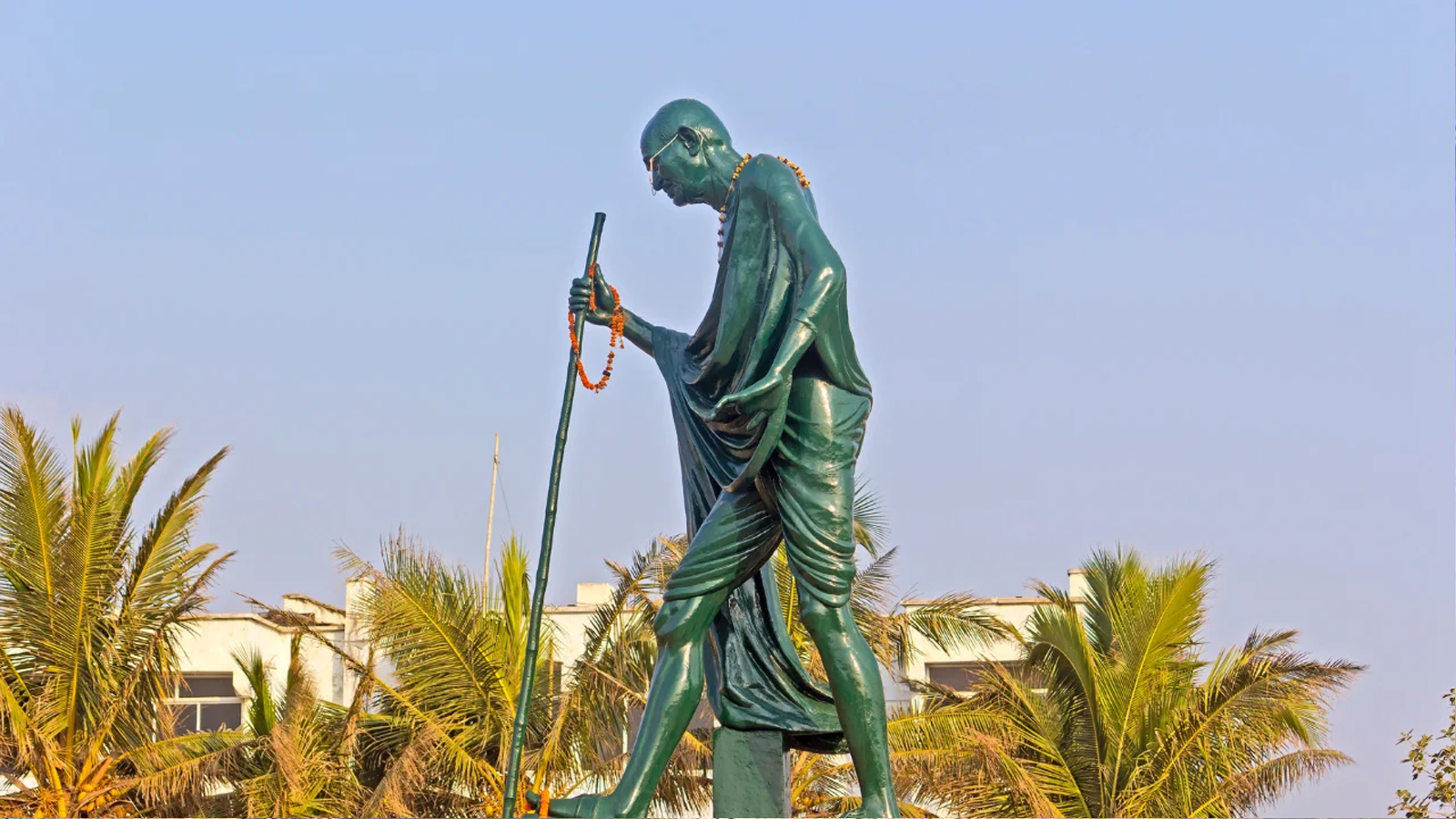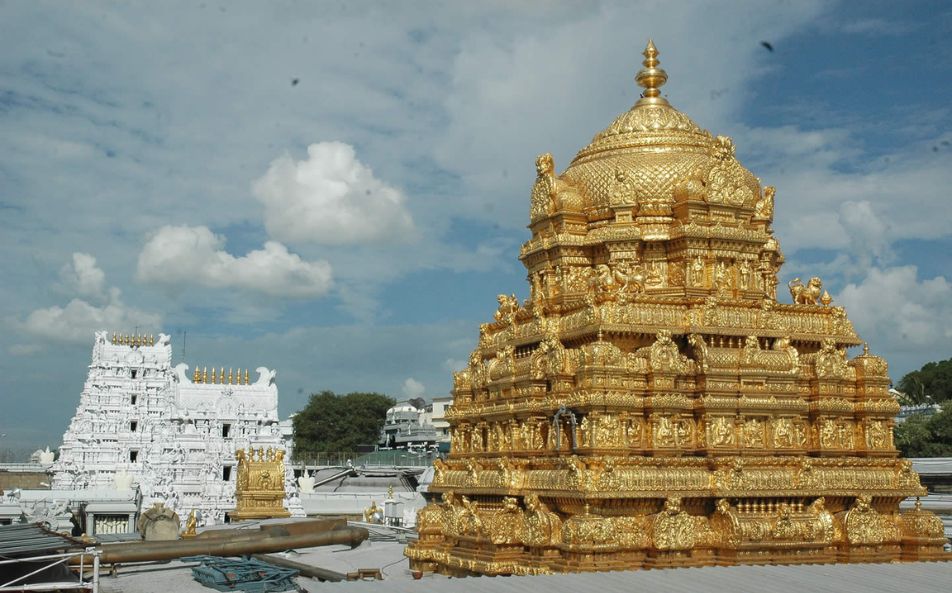
The United Indian

Indian television has undergone a dramatic shift in recent years as Reality television has taken India by storm, captivating audiences across traditional TV channels and streaming platforms alike. Reality TV shows in India have become a cultural phenomenon offering a blend of entertainment, drama, competition, talent, and real-life stories that resonate deeply with audiences. But what makes these shows so engaging, and are they truly "reality" or just scripted entertainment? Let's delve into the world of Indian reality TV to explore these questions.
The Rise of Reality TV in India
Reality TV shows in India began to gain traction in the early 2000s with shows like "Kaun Banega Crorepati" (Who Wants to Be a Millionaire?), hosted by Bollywood superstar Amitabh Bachchan. This quiz show not only provided entertainment but also gave viewers a chance to win life-changing sums of money. Its success paved the way for other reality formats, including talent hunts, dance competitions, and adventure-based shows.
Capturing the Television Market
1. Talent Shows : One of the most popular genres of reality TV in India is talent shows. Programs like “Shark Tank”, “MasterChef” "Indian Idol," "Dance India Dance," “India’s Got Talent” and "Sa Re Ga Ma Pa" have discovered numerous talents and provided them with a platform to showcase their skills. These shows have launched the careers of many singers, dancers, and performers, making them household names.
2. Drama and Conflict : Shows like "Bigg Boss," Splitsville" thrive on drama and conflict. The show places celebrities and sometimes common people in a house where they must live together under constant surveillance. The resulting interpersonal conflicts, friendships, and romances are a major draw for viewers.
3. Adventure and Thrill : Adventure-based reality shows like "Fear Factor: Khatron Ke Khiladi" and "Roadies" appeal to audiences with their high-octane challenges and stunts. These shows combine physical endurance with mental toughness, creating a thrilling viewing experience.
4. Cultural and Social Themes : Reality shows like "Satyamev Jayate," hosted by Aamir Khan, address pressing social issues such as dowry, female infanticide, and child abuse. These shows not only entertain but also educate and inspire viewers to take action.
OTT Platforms: Expanding the Reach
With the advent of OTT platforms like Netflix, Amazon Prime Video, and Hotstar, the reach of reality TV has expanded even further. These platforms offer on-demand viewing, allowing audiences to watch their favorite shows anytime, anywhere. Shows like "Indian Matchmaking," "Fabulous Lives of Bollywood Wives," and "Breathe: Into the Shadows" have found a global audience, bringing Indian reality TV to the world stage.
A Reality Check: What Makes Reality TV Different?
Unlike scripted dramas, reality TV shows capture real life events (at least that's the claim!). Contestants, often ordinary people with extraordinary talent or a thirst for adventure, compete in challenges, forge alliances, and navigate social dynamics under the watchful eye of cameras. This voyeuristic element is a key difference. We get a glimpse into the lives (or rather, carefully curated versions) of these individuals, creating a sense of intimacy and fostering a connection with the audience.
The Genre Buffet: From Singing Sensations to Fearless Adventurers
The beauty of Indian reality TV lies in its sheer variety. There's something for everyone. Aspiring singers can belt it out on shows like Indian Idol or Sa Re Ga Ma Pa, while dance enthusiasts can groove to the beats on Dance India Dance or Super Dancer. Do you crave drama with a dash of strategy? Then Bigg Boss, where contestants live together in a confined space with limited contact with the outside world, might be your cup of tea. For the adventurous souls, there's Khatron Ke Khiladi (translated to "dangerous players"), where celebrities face their fears in thrilling stunts.
Reality with a Script? The Truth Behind the Scenes
The question of whether reality TV is truly "real" is a constant debate. While producers may not write out entire scenes, they undoubtedly influence the narrative. Challenges are designed to create drama, editing can manipulate storylines, and producers might nudge contestants in certain directions. The truth lies somewhere in between.
1. Structured Reality : Most reality shows follow a format known as "structured reality," where the situations are real, but the interactions and reactions are often guided or manipulated by producers. For example, in talent shows, while the performances are real, the judges' comments and interactions may be scripted to enhance drama.
2. Editing and Presentation : Editing plays a crucial role in shaping the narrative of reality TV shows. Hours of footage are condensed into episodes that highlight the most dramatic, emotional, or entertaining moments. This selective editing can create a storyline that may not accurately reflect the entire reality of the participants' experiences.
3. Participant Contracts : Participants often sign contracts that include clauses about their behavior and interactions on the show. These contracts may stipulate certain actions or reactions, further blurring the line between reality and scripted content.
All we can say is that it's a carefully crafted reality, a "docudrama" of sorts, where the line between real and manufactured can sometimes blur.
The Hook, Line, and Sinker: Why We Can't Look Away
Despite the question of authenticity, reality TV shows in India remains immensely popular for several reasons.
- The Underdog Factor: We root for the ordinary person who achieves extraordinary feats. Watching someone overcome challenges and chase their dreams is inherently inspiring.
- The Emotional Rollercoaster: Reality TV shows in India are a potent cocktail of emotions - joy, frustration, anger, and sometimes, even heartbreak. This emotional rollercoaster keeps us glued to the screen, eager to see how the drama unfolds.
- The Power of Connection & Relatability: Reality shows often feature ordinary people or celebrities in ordinary situations, making them relatable to viewers. Audiences see reflections of their own lives, struggles, and dreams in the participants, fostering a deep emotional connection. Audience can connect with contestants on a personal level. As we witness their triumphs and struggles, we feel invested in their journeys.
- The Binge Factor: Reality TV shows are often episodic, with cliffhangers that leave you wanting more. This "just one more episode" mentality makes it easy to spend hours glued to the screen.
- Interactivity : Many reality shows involve audience participation through voting, social media interactions, and live performances. This interactivity makes viewers feel like they are a part of the show, enhancing their engagement and loyalty.
The Rise of OTT Platforms: Reality Gets a Digital Makeover
The popularity of reality TV shows in India isn't limited to traditional television anymore. Streaming giants like Netflix and Amazon Prime Video have recognized the audience's appetite for the genre and are churning out their own reality shows. Shows like Indian Matchmaking on Netflix offer a peek into the world of arranged marriages, while The Kapil Sharma Show on Netflix brings comedy and celebrity interviews to the digital platform.
The Impact of Reality TV
1. Cultural Influence : Reality TV has a significant cultural impact in India. Shows like "Satyamev Jayate" have raised awareness about social issues and prompted discussions and actions at various levels. Talent shows have popularized different forms of art, music, and dance, contributing to the cultural fabric of the nation.
2. Economic Impact : The reality TV industry is a major contributor to the economy. It generates employment for a wide range of professionals, including producers, directors, technicians, and artists. The advertising revenue and sponsorship deals associated with popular reality shows also boost the economy.
3. Influence on Personal Lives : For participants, reality TV can be life-changing. It provides a platform for talent and a chance to gain fame and success. However, the intense public scrutiny and pressure can also have adverse effects on their personal lives and mental health.
The Future of Desi Reality TV: What Lies Ahead?
The future of Indian reality TV looks bright. Here are some trends to watch out for:
- Regional Focus: With a diverse population and multiple languages, we can expect a rise in reality shows catering to regional audiences.
- Interactive Elements: Increased audience participation through voting and social media engagement will likely become more prominent.
- Focus on Social Issues: Reality TV might be used to raise awareness about social issues and promote positive change.
Reality TV: A Love-Hate Relationship
Love it or hate it, reality TV is here to stay. Reality TV shows in India have carved a unique niche, it's a genre that taps into our basic human desire for drama, competition, and connection. While the question of authenticity may linger, there's no denying the entertainment value it provides. So, the next time you find yourself glued to a reality show, remember, it's not just mindless entertainment; it's a carefully crafted world designed to keep you hooked.
Read more in Recent Events
Oct 10, 2024
TUI Staff
Oct 09, 2024
TUI Staff
Oct 03, 2024
TUI Staff

Stay Tuned with The United Indian!
Our news blog is dedicated to sharing valuable and pertinent content for Indian citizens. Our blog news covering a wide range of categories including technology, environment, government & economy ensures that you stay informed about the topics that matter most. Follow The United Indian to never miss out on the latest trending news in India.
©The United Indian 2024















